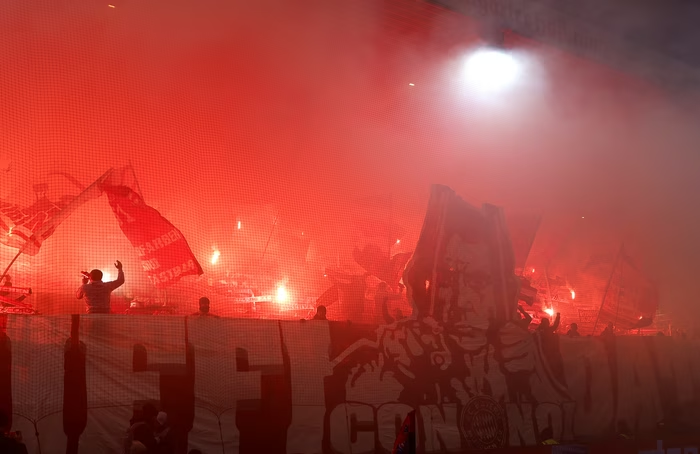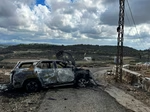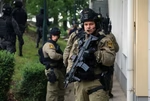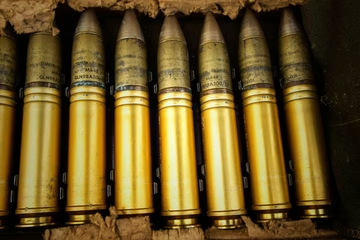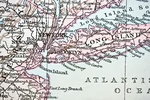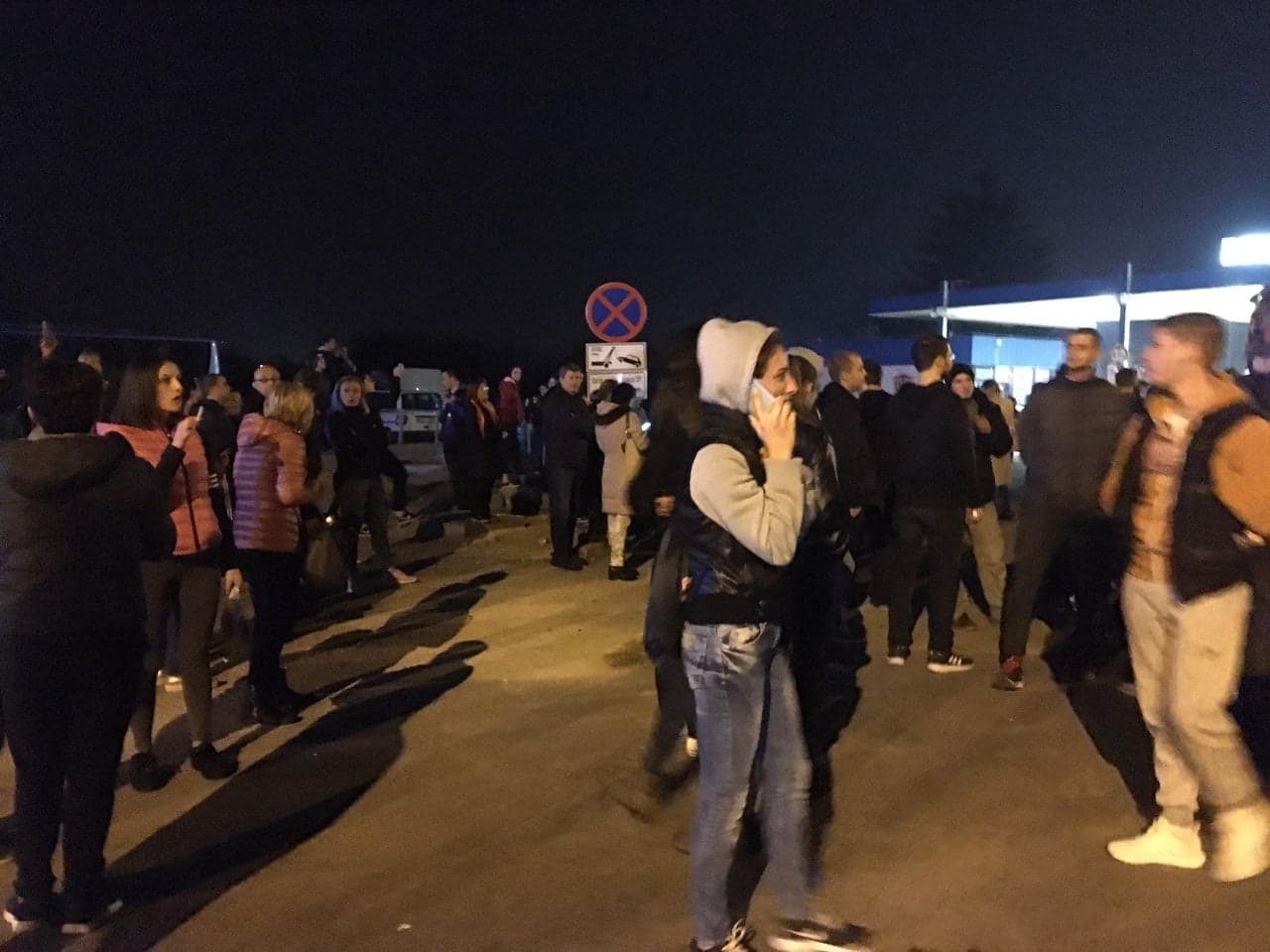
Several thousand Bihac residents took to the streets, Saturday night, temporarily blocking the Sarajevo Bihac highway, the Bihac bus station and preventing trains from docking at the Bihac train station in order to stop the migrant influx into the city. They also briefly gathered on Sunday morning and said the protests will continue on Monday.
“I’m going to stay here as long as I want. This has crossed the line. I’m a foreigner in my own town. Bihac residents are ready to welcome anyone, but I’m forced to protect my home with a gun and that’s something we didn’t deserve,” an angry Bihac resident said on Saturday night. “We won’t allow ourselves to become a minority in our own town and if the situation continues, I’m afraid we will become a minority. The authorities are inefficient, they don’t do anything and I’m afraid.”
"I’ve been attacked by migrants several times. I couldn’t defend myself because they’re all armed with knives and shanks. This won’t end well. This is just a beginning," said another resident.
The gathered residents of this northern Bosnian town near the border with Croatia, said next time they would take radical measures if state institutions do not tackle the problem soon.
They gathered at the central square in Bihac, walked along the town and then blocked the highway and the bus station.
According to the local police data, around 200 migrants arrive at this town daily. Friday night alone saw 160 of them arrive at Bihac.
Bihac residents asked the police to stop the train and bus lines bringing migrants into the Una-Sana Canton, but some time earlier, the competent state authorities said that Cantons must not act like separate states.
Bosnia and Herzegovina consists of two semi-autonomous entities, the Federation of Bosnia and Herzegovina (FBiH) entity, shared by Bosniaks and Croats, and the Republika Srpska (RS), dominated by Bosnian Serbs. The FBiH entity, which has been hit the most by the wave of migrants passing through the country on their way to Western Europe, is subdivided into 10 cantons.
At the end of September, Bosnia’s Security Minister Dragan Mektic held a press conference saying that the exact number of migrants heading to Western European countries whose entry into Bosnia was registered was 14,969, of which 13,958 expressed an intention to seek asylum, but only 399 actually did that.
Over 1,000 refugees and migrants were registered sleeping in the open in Bihac and Velika Kladusa, two towns in the north-western Bosnia near the Croatian border.
Bosnia state authorities' attempts at refurbishing inadequate facilities where migrants are currently accommodated have been slow due to lack of funding and cooperation from local counterparts.
Bihac residents demanded the relocation of illegal migrants from the city centre and prevention of further influx of new migrants into the Una-Sana Canton.
The exact number of migrants currently residing in Bihac is unknown but some estimates say that between 3,000 and 5,000 of them are in Bihac.
The most difficult situation migrant-wise is in Bihac and Velika Kladusa.
Bihac Mayor, Suhret Fazlic addressed the local press saying that the local authorities are doing everything in their power to ensure humane living conditions for the migrants coming to this town and that they are aided in this by international humanitarian organisations, but added that the situation is very difficult.
"The migrant crisis in the country should be solved by the state Security Ministry, the Border Police and other state institutions. The problem we’re facing is just a consequence of their mistakes," Fazlic said.
He concluded that the crisis should not be resolved in Bihac but on the Drina river, the border between Bosnia and Serbia, from which a vast majority of migrants is entering the country in an attempt to enter the Republic of Croatia and thus enter the EU.
Kakvo je tvoje mišljenje o ovome?
Učestvuj u diskusiji ili pročitaj komentare





 Srbija
Srbija
 Hrvatska
Hrvatska
 Slovenija
Slovenija


















